I am looking for a way to align individual nodes in graphviz with an entire subgraph/cluster.
I am currently teaching a small team of analysts to use rmarkdown and I want to allow them to include simple graphs and flowcharts in their documents. I therefore use DiagrammeR (and viz.js) to render charts written in dot. To increase user adoption, I want to minimize complexity and avoid HTML and use raw dot.
Our problem is that we frequently try to align nodes with subgraphs/clusters containing multiple nodes, but we cannot align the entire subgraph with the node. Alignment only works with the constituent nodes within the subgraph/cluster. (see nodes C,D,E and G,T below)
I have tried to create a record node using GT [shape = record label="{G | T}"] but that does not allow individual styling of the two nodes.
I have also tried creating an HTML record node which allows individual styling but increases complexity too much and requires users to know HTML.
Finally, I have tried to insert an invisible node inside the clusters to "simulate" the center and then use the invisible node for alignment. This unfortunately pushes G and T to far apart and doesn't achieve the intended effect.
digraph G {
graph [splines = false, ranksep = 0.2]
edge [style = "invis"]
node [shape = box, width = 7.5]
A B H
node [shape = circle, width = 1.5]
subgraph cluster_2 {
rank = same
C D E
}
subgraph cluster_1 {
G [shape = box]
T [shape = box]
}
A -> B
G -> T
B -> {C D E G}
{C D E T} -> H
}
The following gives the output:

In the picture above, the subgraph containing G and T is not aligned with the subgraph containing C,D,E.
Is there a way to vertically align the centers of the two subgraphs?
